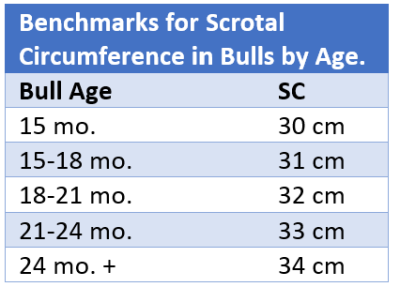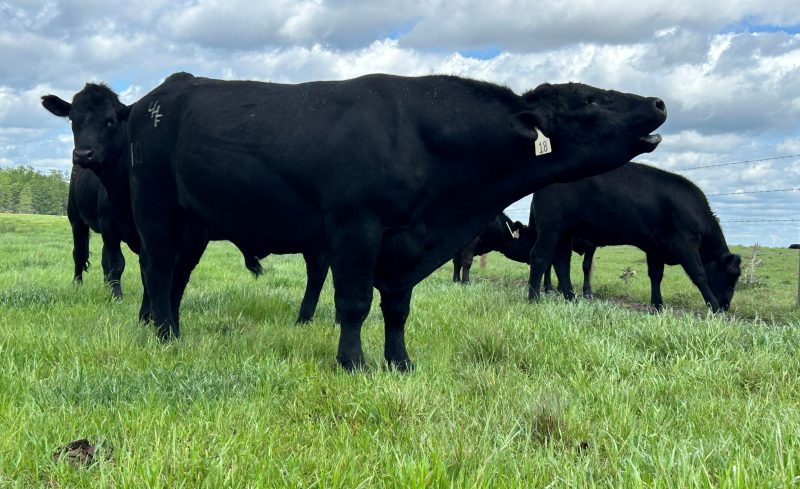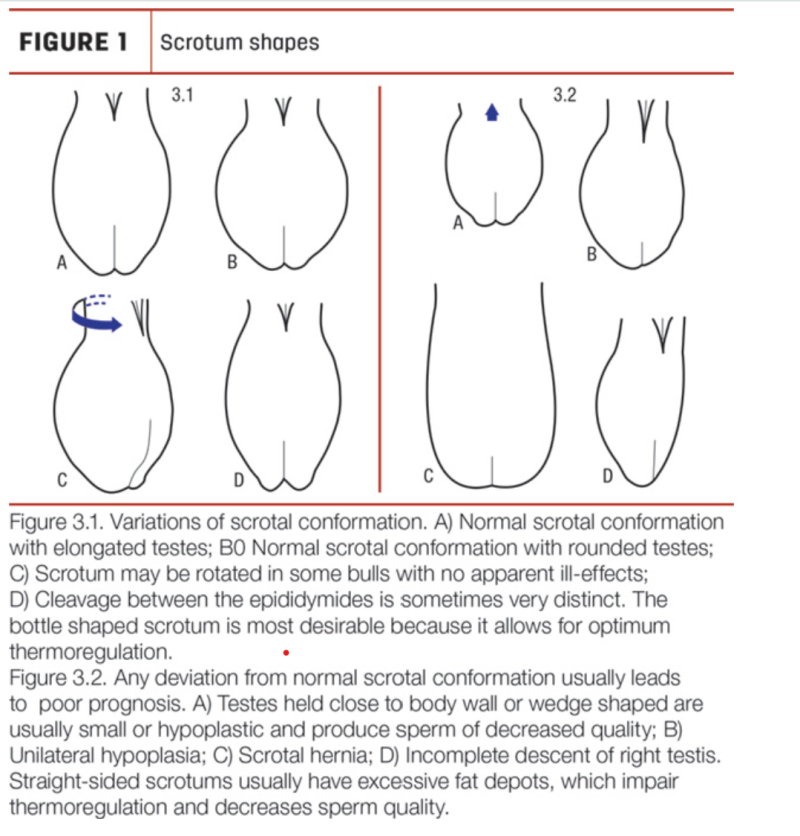Whenever someone gets a new truck there are always two questions you have for them:
- What engine does it have?
- Which transmission did you get?
These questions translate perfectly to bull sale season; when you purchase a bull, aside from all the major upgrades and features available for your future herd sire, there are two things I want to look at…his engine and the transmission.
–
The Feet are basis of the Transmission
Besides basic structural soundness of the bulls, there are two major issues that I like to look for in bulls: Founder and Screw Claw. While the two can be easily confused, at the end of the day, any bull suspect to either should not be considered.
Founder (laminitis) is a condition that results in the weakening/separation of the layer of tissue between the hoof wall and coffin bone. The reason this is of concern in sale bulls is that it is very closely associated with ruminal acidosis. This is often linked to diets that are not properly managed and contain high level of fermentable carbohydrates such as grains, which are typically used when developing bulls. In addition to being lame or tender footed, hoof elongation and curling of the claws is typically a sign of founder.
The more bull sales I attend, the more screw claw I seem to be seeing. Not to say that it is in every herd, but it is out there. While it is a recessive trait, screw claw is heritable. Most commonly it is seen in the outer claw in the hind legs and is caused by a misalignment of the foot bones. The “screw claw” is typically longer and narrower than the other claw and has an inward and upward spiral rotation of the toe.
This causes the animal to not bear weight properly on the sole and results in major lameness issues. The issue with screw claw in sale bulls is that it typically does not show up until the animal is three years or older, making it easy to miss or something that will show up after the purchase. Remember that it is heritable, so if there are issues in the rest of the herd, there are likely issues in the young bulls. Another reason to go look at the cow herd before sale day. Take some time to go through the cows, ask the seedstock producer if they are getting those mature cows’ feet trimmed and why.
Make sure that you are doing a good job looking at the feet and legs of the bull. If a bull does not have a great set of feet and legs on him, they will struggle to travel and mount cows.
While these are just two things to be on the lookout for when evaluating your potential new bull’s transmission, more extensive information can be found in Beef Conformation Basics, and An Approach to Corkscrew Claw from the AABP Lameness Committee, which is a factsheet that goes into detail about screw claw.
–
The Testicles are the Engine
A bull has one purpose on the ranch, to successfully get cows bred. So, take a good look at his scrotum, this is the engine of the entire machine you are purchasing. The shape and size of the testicles can tell you a lot about that young bull.
 First let’s talk scrotal circumference (SC). It is positively correlated with fertility in the bull’s offspring (replacement heifers sired), which translates into other important reproductive and longevity factors for the cow herd he will create. In addition to the genetically heritable link to SC and daughter fertility, research has also shown that SC is also a great indicator of spermatogenic function. A study by Palasz et al. in 1994 found that SC was positively linked to normal sperm cell production, and bulls with a SC less than 31 cm tended to have lower peak testosterone levels.
First let’s talk scrotal circumference (SC). It is positively correlated with fertility in the bull’s offspring (replacement heifers sired), which translates into other important reproductive and longevity factors for the cow herd he will create. In addition to the genetically heritable link to SC and daughter fertility, research has also shown that SC is also a great indicator of spermatogenic function. A study by Palasz et al. in 1994 found that SC was positively linked to normal sperm cell production, and bulls with a SC less than 31 cm tended to have lower peak testosterone levels.
So, what about the shape? Yep, it matters too! We have talked in the past of about how critical it is to control the temperature of the testicles (Long-term impact of over-conditioning young bulls). The two main functions of them are the production spermatozoa and producing testosterone. The shape of the scrotum can impact the ability to thermoregulate and will ultimately impact their ability to perform the main function.
Shape is a critical component of the bull’s ability to thermoregulate their testicles. There are three basic scrotal shapes: normal/bottle shaped, wedge shaped and straight-sided. Figure one is the graphic from Fertility and Breeding Evaluation of Bulls that helps visualize desired shape the scrotum. Remember, any deviation from normal can cause issues with thermoregulation and the result is sperm quality and production issues in a bull. In addition, Dr. Stephen Boyles from Oklahoma State Extension does a great job expanding on this topic in The Bull’s Scrotum and Testicles.
At the end of the day the last thing you want to see is the check engine light to come on, or to feel your transmission slip in your truck. To make sure that you don’t have issues with that in your bull battery, select structurally sound bulls that were developed correctly from a herd that is free from lameness issues and have a nice scrotal conformation and circumference. Happy Bull Hunting!
Adoption of article originally published for Progressive Cattlemen by Kalyn Waters.
- Big Doe Contest Returns for 2025: A Growing Thanksgiving Tradition - November 14, 2025
- UF/IFAS Extension Panhandle Cattlemen’s College Announces Scholarship Opportunity for Florida Youth – Application Deadline September 15 - August 29, 2025
- Foot Rot Prevention and Treatment for Cattle - August 15, 2025


